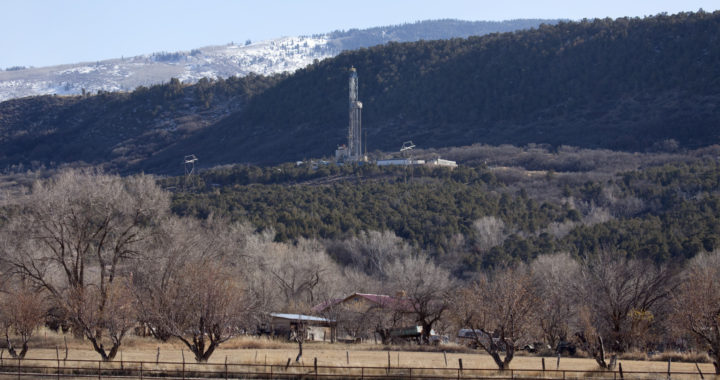The Colorado energy industry got a short delay on Tuesday, January 17 when Lafayette’s City Council tabled the vote surrounding a controversial ordinance that would allow acts of civil disobedience and non-violent protest aimed at hampering the development of oil and gas projects in the area. The council members called for the delay when three City Council members failed to show up to the meeting.
The ordinance facing the Lafayette City Council is a first of its kind for the country and has been a point of contention among the city’s citizens. What exactly is at stake in the ordinance? And what are the potential ramifications of its passing?
What Does ‘Civil Disobedience’ Mean in This Case?
If ratified, the ordinance would lend legal protection to “sit-ins, strikes, workplace occupations or blockades” orchestrated by the opponents of fracking. So long as the protestors are keeping their hands to themselves, the Lafayette ordinance would put them on the right side of the law.
In short, police would be barred from dispersing crowds who were actively attempting to thwart oil and gas efforts. That could range from camping out on a worksite complete with obligatory poster board to a move similar to the one pulled in Olympia, Washington, when a crowd of people camped on railroad tracks for a month in order to prevent the delivery of fracking sands to sites in the Midwest.
In response to the proposal, debate has been fierce on both sides of the aisle. Proponents of the bill have argued that the measure will help them gain further control over their local climate. Meanwhile, opponents of the ordinance claim that it’s flat-out illegal. Lafayette City Attorney David Williamson has even admitted that the bill’s language is so vague that it would be difficult for police to back it up. In addition, the attorney said the ordinance itself could be unconstitutional.
How Big a Deal Is This, Anyway?
It’s important to realize that Lafayette, Colorado has a long history of attempting to resist the development of oil and gas in the region. There is a slight mahjority in the community that’s vehemently opposed. As a result, the industry hasn’t really taken hold in the city. Only about .4 percent of the city’s yearly income comes as a result of oil and gas extraction. The city’s website says there’s about 14 active wells within the city’s limits.
In other words, the passage or defeat of the measure would have little to no impact on either the local or statewide oil and gas industry, in spite of the obviously irreparable impact it will have the individual rigs’ employees. Considering some estimates a single land rig supports as many as 350 jobs. Now, clearly that radius includes several industries that rely indirectly on the industry, however, that’s still just shy of 5,000 jobs that could potentially see less stability if the ordinance is legalized. Even though the state’s oil industry wouldn’t be greatly affected, that’s still a good chunk of jobs for a city that only 25,000 people call home.

